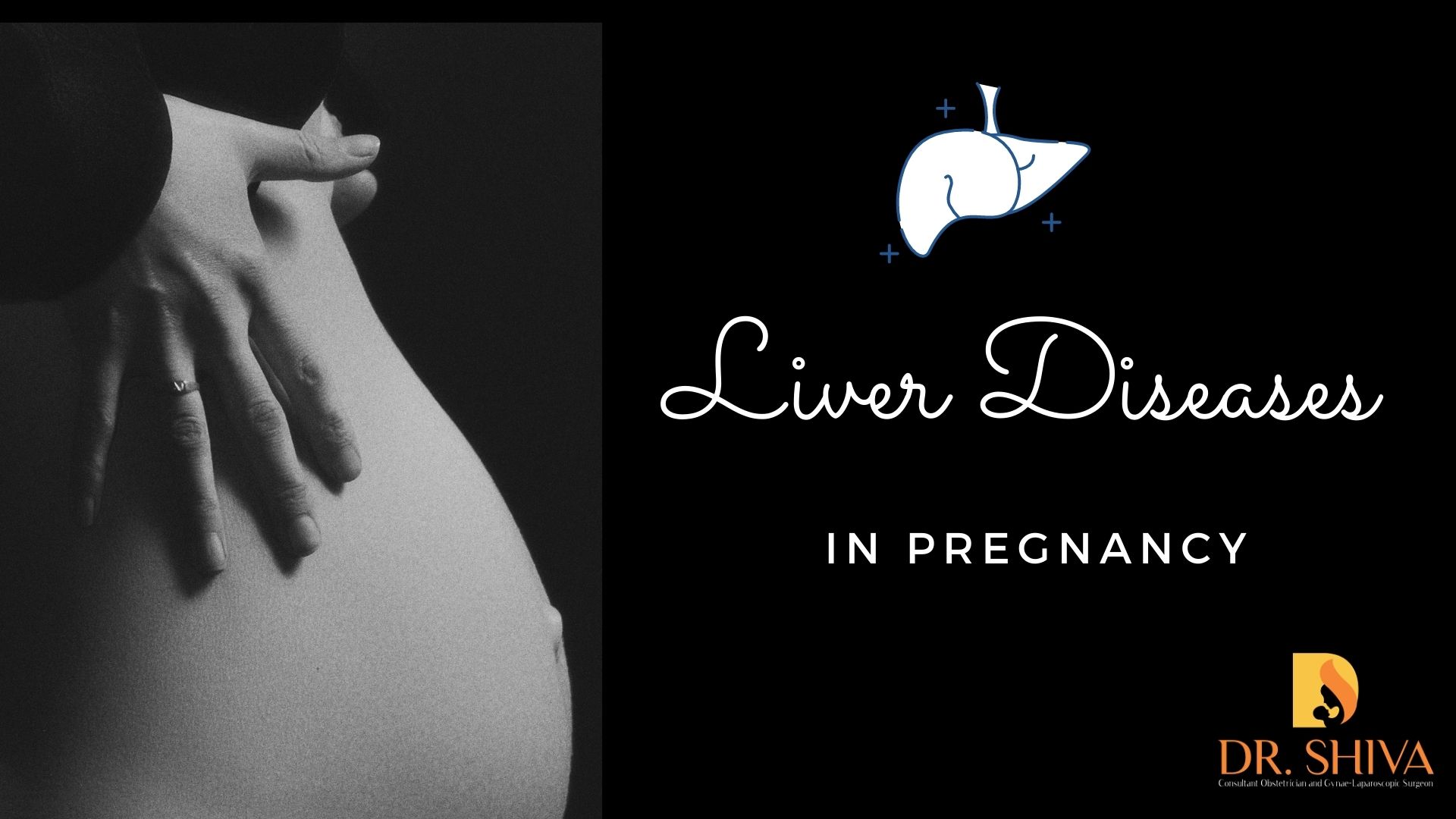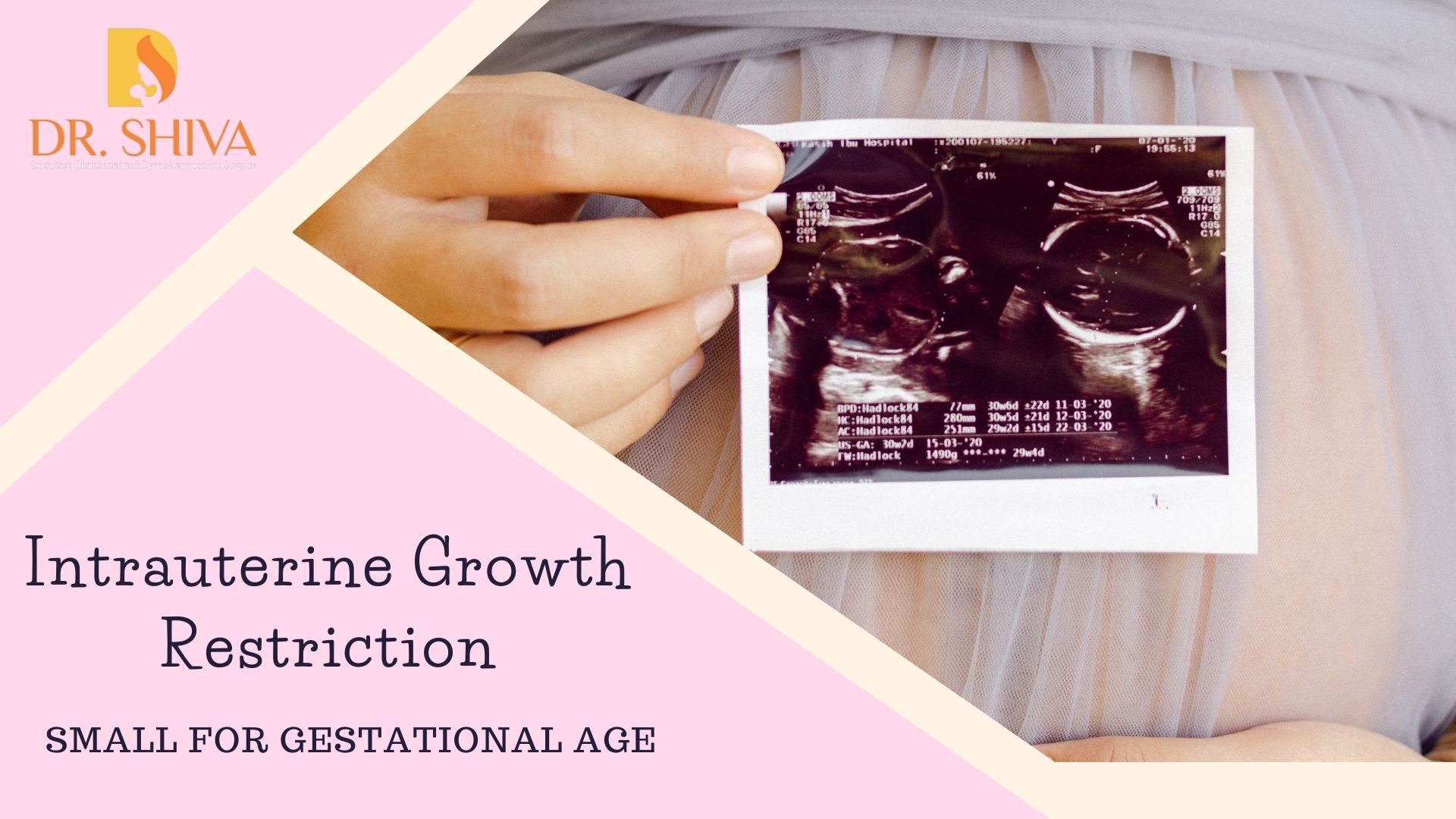
These are the main type of liver diseases found during pregnancy-
AFLP – Acute fatty liver of pregnancy – characterized by maternal liver dysfunction usually in the third trimester, which can result in maternal or fetal complications, in some cases even fatal. It occurs due to a defect in the mitochondrial fatty acid beta-oxidation. Symptoms include nausea, vomiting, discomfort in the abdominal area and jaundice.
Preeclamptic liver dysfunction or preeclampsia induced liver disorder –This disorder is unique to pregnancy and occurs in the third trimesters. Preeclampsia can affect the liver and result in necrosis, hemorrhage that can cause nausea, vomiting, mild jaundice and abdominal pain. Severe form of preeclampsia can result in HELLP Syndrome – Haemolysis, Elevated Liver Enzymes and Low Platelet. It may also result in maternal or fetal death
ICHP Cholestasis: It is a liver problem where the flow of bile from the gall bladder decreases or stops. It may start in early pregnancy but is more common in the second and third trimester. It can cause itching and the skin turn yellow. The pregnancy hormones may decrease the flow of bile. The bile made by the liver is stored in the gallbladder but if its levels keep increasing the bile will overflow in the liver and flow into the blood stream. High levels of bile can affect the fetus. This issue goes away soon after the delivery of the baby
Hyperemesis gravidarium: Liver disease occurs in around 50% of women diagnosed with HG. The severity of nausea and vomiting in HG is at times related to elevation of the liver (mild LFT – liver function test).
Symptoms of liver disease in pregnancy
- Having Nausea or vomiting in the last semester can be a sign of Acute fatty liver or HELLP.
- Yellow colouring of skin.
- Puritis or Itching can be a symptom of ICH
- Pain in the abdomen for some.
- Abnormal liver tests
- Gastrointestinal bleeding
- Ascites – where fluid collects in the abdomen which may result in an infection
Complications of liver diseases
- Jaundice
- Disturbed sleep
- Fetal distress
- Preterm birth
- Breathing problems
- In severe cases maternal or fetal death.
Diagnosis for liver disease
The tests may vary depending on the disease the doctor suspects that the patient may be having. If the symptoms are in the
First trimester – Hyperemesis gravidarium
Second Trimester – ICH –usually 25 weeks or later
Third trimester – AFL in pregnancy and HELLP syndrome
Different tests include –
- Liver function tests
- Liver biopsy
- Prothrombin time – time blood takes to clot
- CBC and platelets
- AST – aspartate aminotransferase
- ALT – alanine aminotransfer
- Bilirubin
- Alkaline phosphatase
- Albumin
- Total protein
- Basic panel
- INR – International normalized ratio
Treatment for liver diseases during pregnancy
It is based on the type of liver disease identified, the stage of pregnancy and your health.
- If you have been diagnosed with ALF they will suggest immediate delivery of baby else termination if it is in the early stage of pregnancy.
- If diagnosed with ICH, treatment will be focused on reducing the itching and any related complications.
- Steroid treatment for fetal lung development.
- Early delivery – if you are at 37 or 38 weeks they may try to deliver the baby to avoid any further complications.
- Continuous monitoring of the fetal growth.
For more details, kindly contact us.



Recent Comments